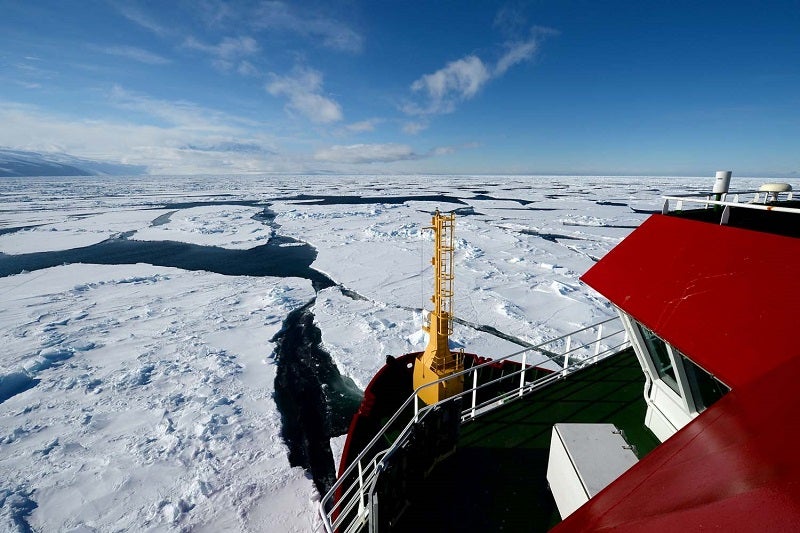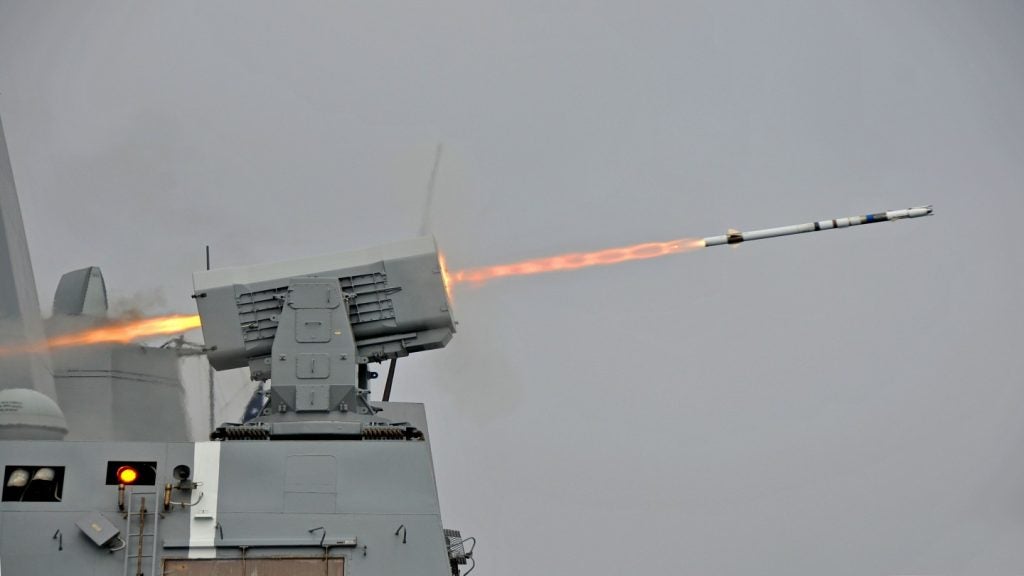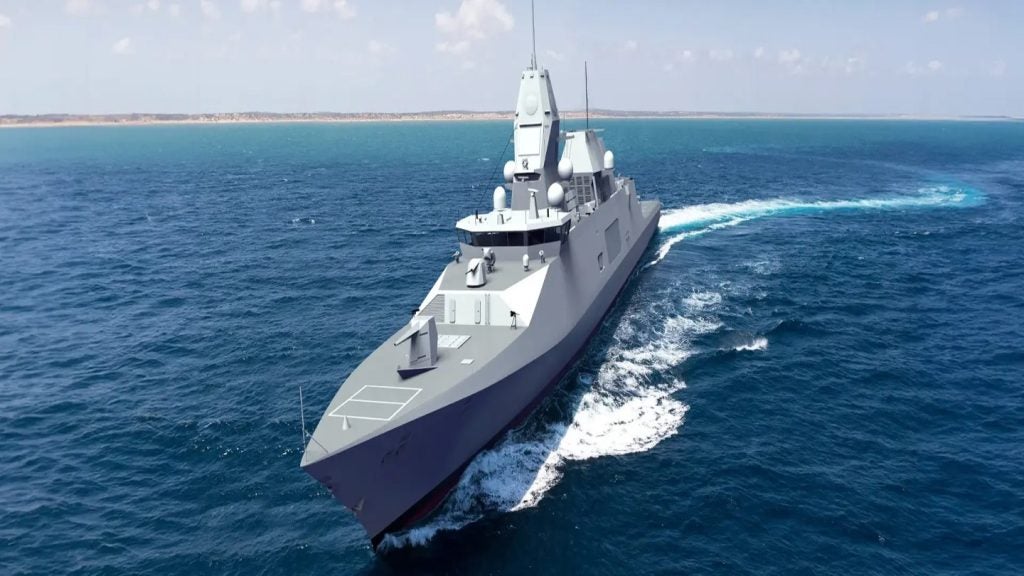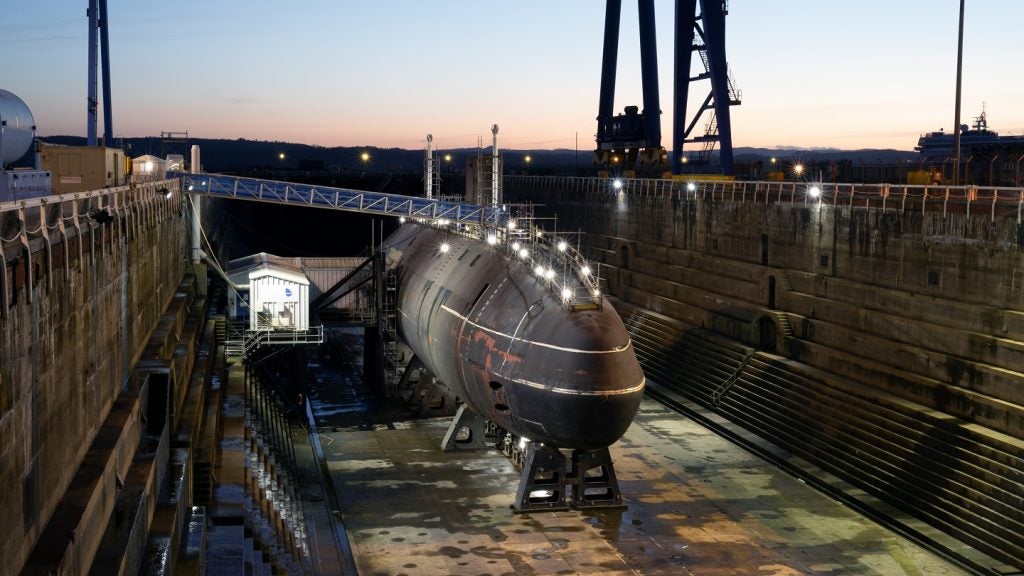
The Royal Navy’s ice patrol ship HMS Protector is set to test two small rotary wing drones for the critical task of scouting for ice leads.
Developed by UK-based Evolve Dynamics, the two Sky Mantis Remotely-Piloted Aerial Vehicles have been assigned the same numbers as the (long-retired) Lynxes 434 and 435.
Soaring over the frozen wastes of Antarctica, the drones will help guide the polar research vessel safely through packs of ice.
With a capability to operate in sub-zero temperatures for up to an hour at a time, the drones can send high-definition video back to their operators, all members of Protector’s 48-strong ship’s company.
Royal Navy’s sole drone squadron, 700X, based at Culdrose near Helston provided training to the 7.6kg Sky Mantis drones. They were later trained at HMS Raleigh in Torpoint.
Survey specialist/hydrographer Lieutenant Adelaide Banyard said: “When operating in the ice we will always look for the path of least resistance, as this reduces the long-term strain on the engines and hull.
How well do you really know your competitors?
Access the most comprehensive Company Profiles on the market, powered by GlobalData. Save hours of research. Gain competitive edge.

Thank you!
Your download email will arrive shortly
Not ready to buy yet? Download a free sample
We are confident about the unique quality of our Company Profiles. However, we want you to make the most beneficial decision for your business, so we offer a free sample that you can download by submitting the below form
By GlobalData“It is very easy to ‘chase a lead’, an area with less-concentrated ice, but that might not actually take in the direction we want to.”
Once the drones find the ice leads, the positions/locations will then be entered into the navigation system for the team to work out the best compromise route.
HMS Protector also plans to use the drones to provide ‘overwatch’ providing additional safety for sailors, and in the aftermath of a disaster for obtaining information about the area affected.
HMS Protector First Lieutenant and senior drone operator Lieutenant Commander Robbie Nash said: “We have been continually learning with this system as we are the first Royal Navy ship to have its own remotely-piloted aerial system. Hopefully we have demonstrated a viable route for other units to source and develop their own drone capability.”







